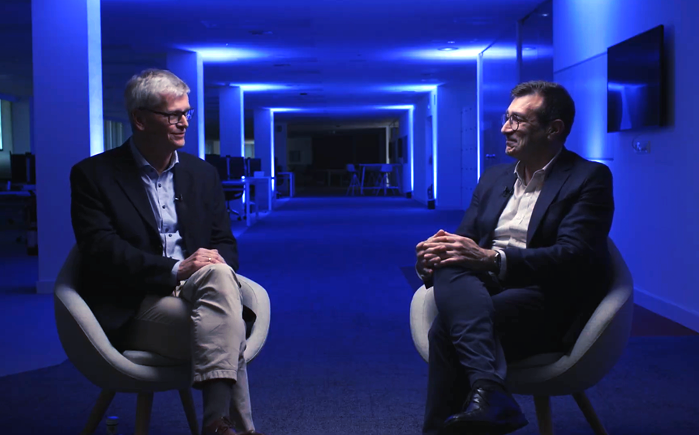Picture this: you get into a taxi in a hurry.
“Good morning. I’m running late—please take me to the airport as quickly as possible.”
The taxi sets off at high speed. The driver, flustered, checks his satnav and mobile phone to find the quickest route. He weaves through traffic, drives far too fast, and takes risks that make you uncomfortable. You reach for your seatbelt—but it is not there. You start to feel anxious, and suddenly a police car begins to follow. The taxi is pulled over, and you arrive late. All that risk and lack of control—and in the end, you miss your flight and receive a fine.
So, what does this have to do with technological risk?
Everything.
This scene mirrors a common situation in modern business: when speed and efficiency are pursued without proper oversight, the outcome can be chaotic—or even damaging.
What is technological risk and why does it matter in banking?
Banks play a vital role today: managing society’s financial assets. It is clear that financial services are now deeply dependent on technology. For this reason, applying the right safeguards and complying with regulations to reduce technological risk is essential. The banking sector is therefore subject to strict rules and continuous oversight.
But what does it mean to reduce technological risk?
-
- Protecting the accuracy and availability of customer data
- Avoiding interruptions in online and branch services
- Defending systems against the effects of cyberattacks
- Recovering services quickly after technical failures or security incidents
- Maintaining smooth operations through reliable systems and infrastructure
How does Banco Sabadell manage this?
At Banco Sabadell, the Technology and Sabadell Digital teams treat technological risk management as a strategic priority. To achieve this, they apply rigorous controls across all areas of technology, such as:
- Developing and updating software
- Running and maintaining IT systems and infrastructure
- Responding to incidents and managing cybersecurity
In addition, they track key performance and risk indicators and ensure full compliance with financial regulations. This helps maintain a proper balance between efficiency and control.
Final thought: strength without control is worthless
The well-known phrase from the world of motorsport fits perfectly here:
“Power without control is pointless.”
In banking—an industry that is both digital and highly regulated—innovation must go hand in hand with responsibility. Managing technological risk effectively does more than prevent mistakes; it builds a foundation of trust, resilience, and long-term stability.




